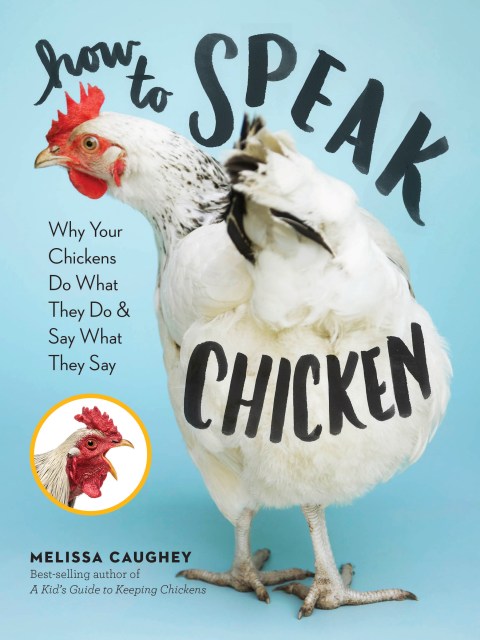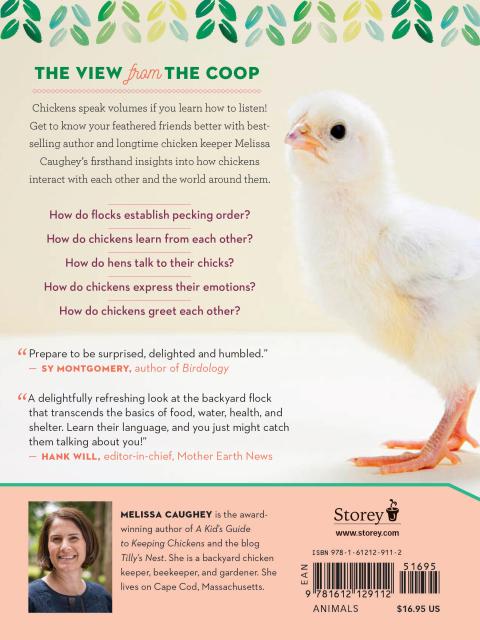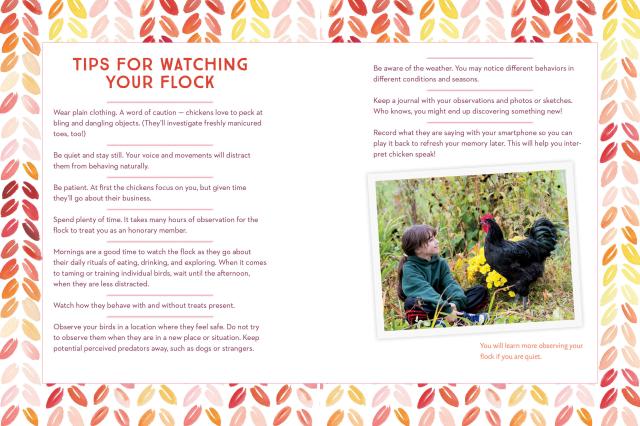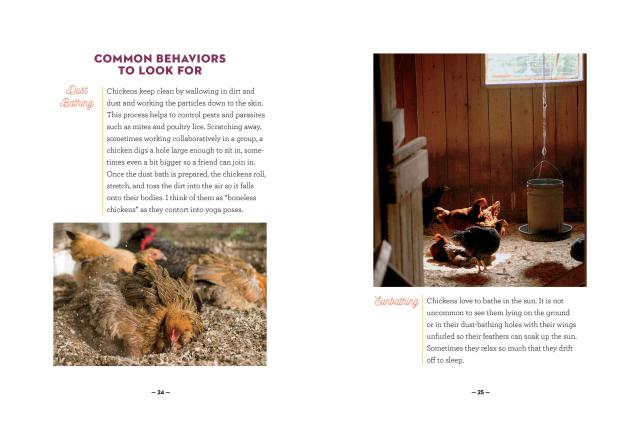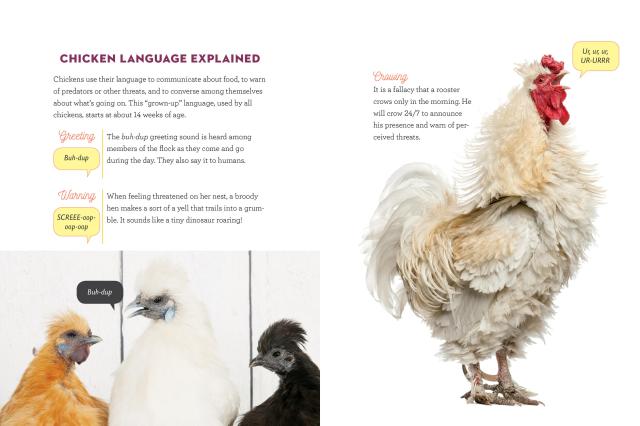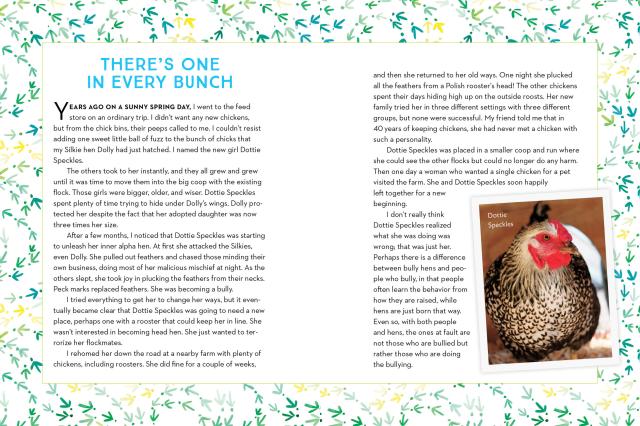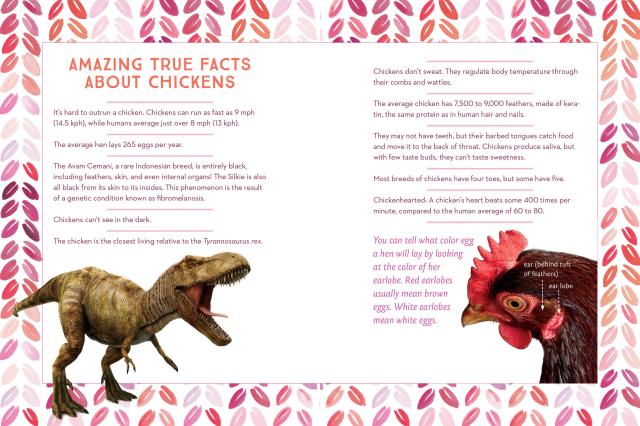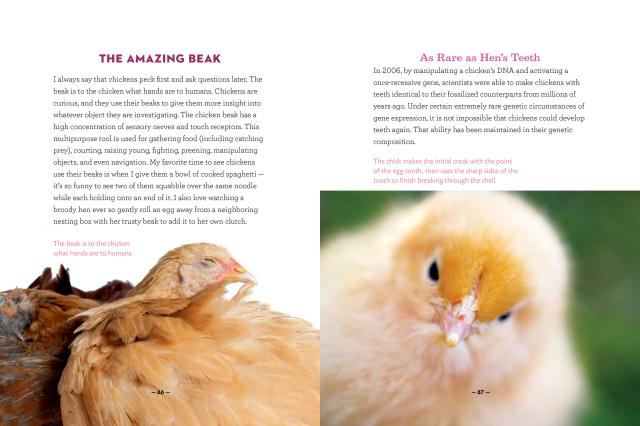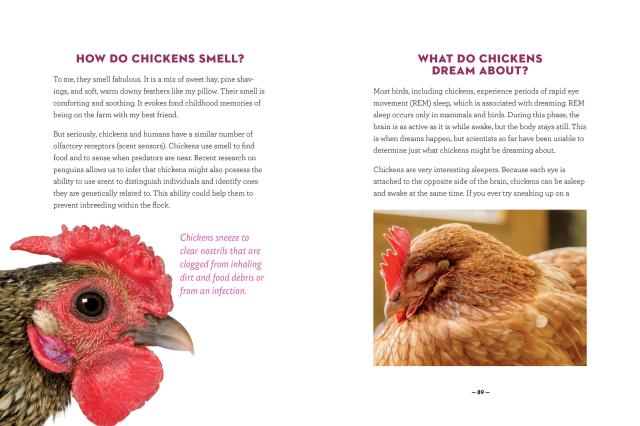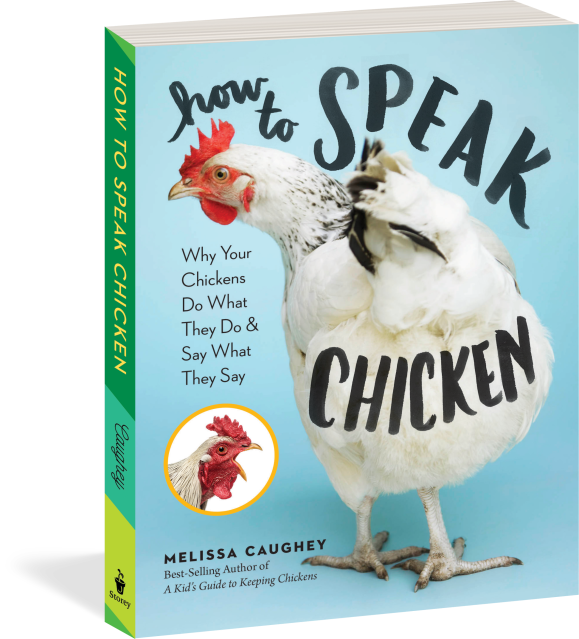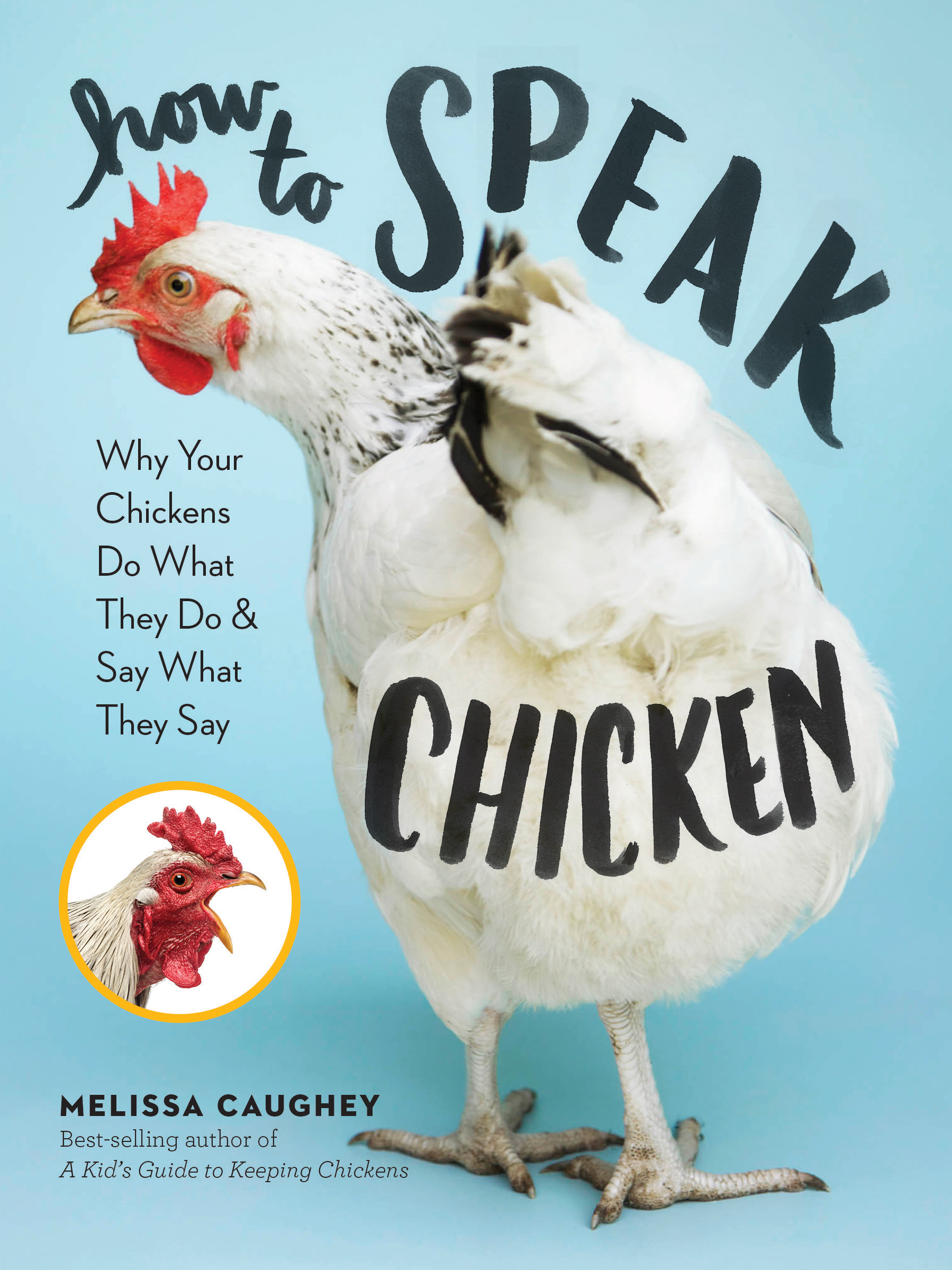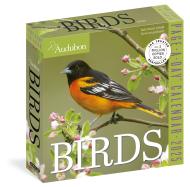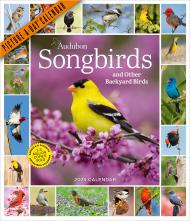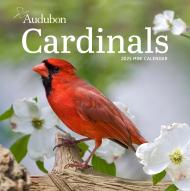By clicking “Accept,” you agree to the use of cookies and similar technologies on your device as set forth in our Cookie Policy and our Privacy Policy. Please note that certain cookies are essential for this website to function properly and do not require user consent to be deployed.
How to Speak Chicken
Why Your Chickens Do What They Do & Say What They Say
Contributors
Formats and Prices
Price
$16.95Price
$22.95 CADFormat
Format:
- Trade Paperback $16.95 $22.95 CAD
- ebook $11.99 $15.99 CAD
This item is a preorder. Your payment method will be charged immediately, and the product is expected to ship on or around November 28, 2017. This date is subject to change due to shipping delays beyond our control.
Also available from:
Best-selling author Melissa Caughey knows that backyard chickens are like any favorite pet — fun to spend time with and fascinating to observe. Her hours among the flock have resulted in this quirky, irresistible guide packed with firsthand insights into how chickens communicate and interact, use their senses to understand the world around them, and establish pecking order and roles within the flock. Combining her up-close observations with scientific findings and interviews with other chicken enthusiasts, Caughey answers unexpected questions such as Do chickens have names for each other? How do their eyes work? and How do chickens learn?
Foreword INDIES Silver Award Winner
Foreword INDIES Silver Award Winner
Genre:
-
“From decoding squawks to mapping out flock hierarchies and dealing with squabbles in the henhouse, How to Speak Chicken is the ultimate guide to keeping all of your ducks – make that chickens – in a row.” — Country Living
“Get to know what all the different 'bawks' mean and how to make your hens the most comfortable with a little help from this book.” — People.com
“A new spin on chickenese ready to drive any urban farming linguist mad as a wet hen with joy.” — Library Journal
“If you're even remotely thinking about raising chickens, or you know someone who is getting into a chicken keeping, get this book, you’ll learn so much about flock keeping.” — HGTV.com
“A true delight that is filled with love and plenty of gorgeous illustrations.” — Forbes.com
“Prepare to be surprised, delighted and humbled.” — Sy Montgomery, author of Birdology
“A delightfully refreshing look at the backyard flock that transcends the basics of food, water, health, and shelter. Learn to listen to your chickens to know how they are doing. Learn their language, and you just might catch them talking about you!” — Hank Will, Editor-in-Chief, Mother Earth News
“Melissa's enthusiasm for chickens, like my own, knows no bounds. Chickens are both amusing and practical and, as you'll find out, they are also intelligent communicators ... if you are willing to learn their language! This book provides fascinating insight and practical tips for fowl fanciers everywhere.” — P. Allen Smith, television host, writer, and professional gardener
“I loved How to Speak Chicken.” — Temple Grandin, author of Animals in Translation
- On Sale
- Nov 28, 2017
- Page Count
- 144 pages
- Publisher
- Storey
- ISBN-13
- 9781612129112
Newsletter Signup
By clicking ‘Sign Up,’ I acknowledge that I have read and agree to Hachette Book Group’s Privacy Policy and Terms of Use
